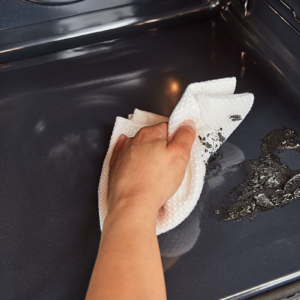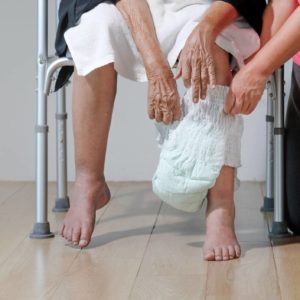Lead is a metal that was once used in many household products. For example, it was used in paint until 1978. Lead is also a neurotoxin that is particularly dangerous to children, for it can damage their brains and nervous system. Lead poisoning in a child can cause them to develop conditions like Attention Deficit Hyperactivity Syndrome (ADHS), learning disabilities, delayed development, and behavioral problems. Severe lead poisoning can cause convulsions, mental retardation, coma, and even death.
Seek Immediate Evaluation
If you believe that you or your child have lead poisoning, you need to call your doctor. They will administer a blood test to determine the amount of lead in your bloodstream. While there is no such thing as a safe blood level, doctors will usually only treat a child for lead poisoning if they have a blood level of at least 45 mcg/dL. After a diagnosis of lead poisoning, the doctor will probably recommend periodic monitoring. A patient with lead poisoning, regardless of their age, will need to have regularly scheduled blood tests to see how well they are recovering.

Identify and Remove the Source
While seeking treatment, it is important to determine the cause of the poisoning. Lead-based paint is still the most common cause of poisoning. Certain hobbies, like refinishing old furniture, making stained glass or certain types of jewelry, also increase the risk of lead poisoning. People who make stained glass, for example, use lead solder. High-risk occupations include mining, automobile repair, painting, and construction.
Most cases of lead poisoning are caused by exposure to lead-based paint, which can still be found in some older and poorly-maintained buildings. A small child may breathe in lead dust or eat paint chips and thus become poisoned. An adult may breathe in the dust, particularly while working on a home renovation project.
Get Treatment
Removing the source of the poisoning and monitoring the patient’s blood levels is usually sufficient for mild cases of lead poisoning. In more severe cases, the doctor will recommend a treatment called chelation therapy. They will give the patient an oral medication that will bind with the lead and cause it to be excreted with their urine.
If the patient can’t tolerate the drug used in conventional chelation therapy, the doctor will recommend a variation called EDTA chelation therapy. The doctor will inject the patient with a drug called calcium disodium ethylenediaminetetraacetic acid (EDTA). While the treatments won’t undo any damage already caused, they will keep the patient from getting worse.

Get Compensation
Both landlords and home sellers are legally obligated to inform a prospective client if a property might contain lead. If they knew that there was lead in the building and failed to warn the client, they can be held legally responsible. Similarly, federal and state laws require employers to keep their workplaces safe and prevent exposure to lead. While workmen’s compensation can cover medical expenses and help recoup lost income, the patient may need to sue their employer to gain compensation for the mental anguish, pain, and suffering caused by being poisoned. Lead poisoning lawyers, typically found under the category of personal injury, can advise you in what your legal options are and help you file any lawsuits.
Adults with lead poisoning may show symptoms like headache, mood disorders, difficulties with concentration or memory, and pain in the joints and muscles. Lead poisoning can also damage the kidneys and reproductive system. Severe lead poisoning can kill. If you find yourself a victim of unintentional lead exposure, it is essential to get help, financially and medically, as soon as you can in order to return your life to normal.




